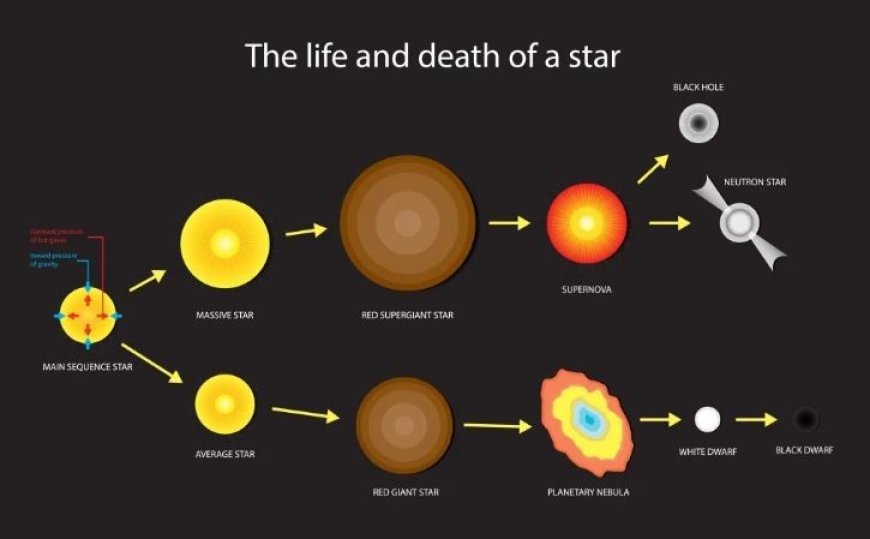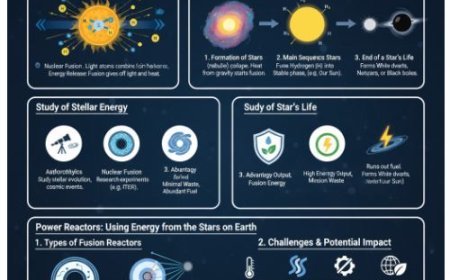WHITE DWARFS
White Dwarfs: The shrunken, sizzling cores of Sun-like stars, burning no fuel but radiating leftover heat.

WHITE DWARF
- A White Dwarf is a star's last evolutionary stage. White Dwarf Stars got their name since they were detected in that color originally.
- Their features include a mass comparable to that of the Sun, a radius comparable to that of the Earth, and a modest brightness.
- White dwarfs, according to scientists, are the final stage of states whose mass is inadequate to become a neutron star or a blackhole.
- White dwarfs are thought to make up 97% of the stars in the Milky Way galaxy.
FORMATION OF WHITE DWARFS
- A star's core generates heat through fusion and outward pressure.
- When the star's mass creates gravity, an inward push keeps it in control.
- The star collapses on itself owing to its own gravitational attraction after the hydrogen utilized as fuel is consumed and fusion slows.
- After condensing and compacting, the falling star is heated even more, and its final hydrogen stores are burned away. This causes the star's outer layers to dramatically expand, and the star becomes a Red Giant at this point.
- The surface of a red giant is generally chilly due to the distribution of heat over its surface.
- However, its core is very heated. Red giants live for around a billion years, compared to a typical star's 10 billion years.
- Red giants are hot enough to change the helium in their core, which results from the fusion of hydrogen, into heavier elements like carbon.
- If (or when) a red giant lacks the mass required to achieve the core temperatures needed to fuse carbon, an inert mass of carbon and oxygen will form in the center. This star will leave a core behind when it sheds its layers and creates a planetary nebula. This core is known as the white dwarf.
What's Your Reaction?



































